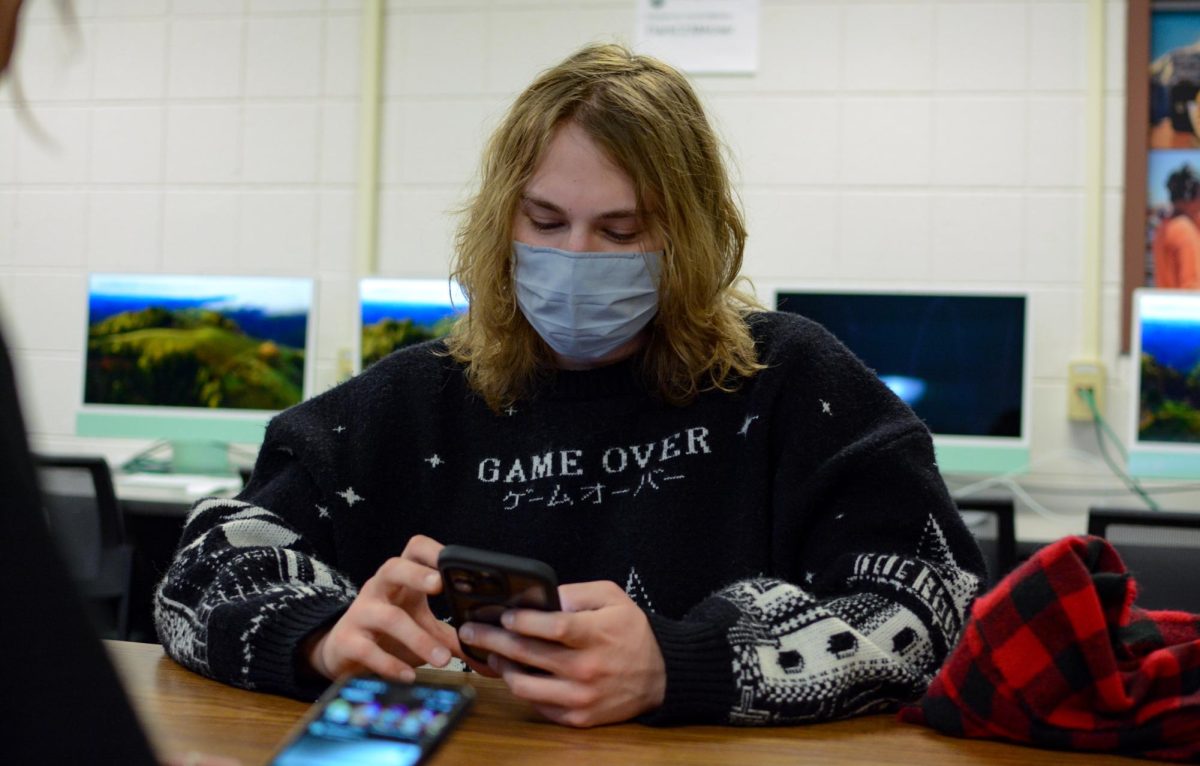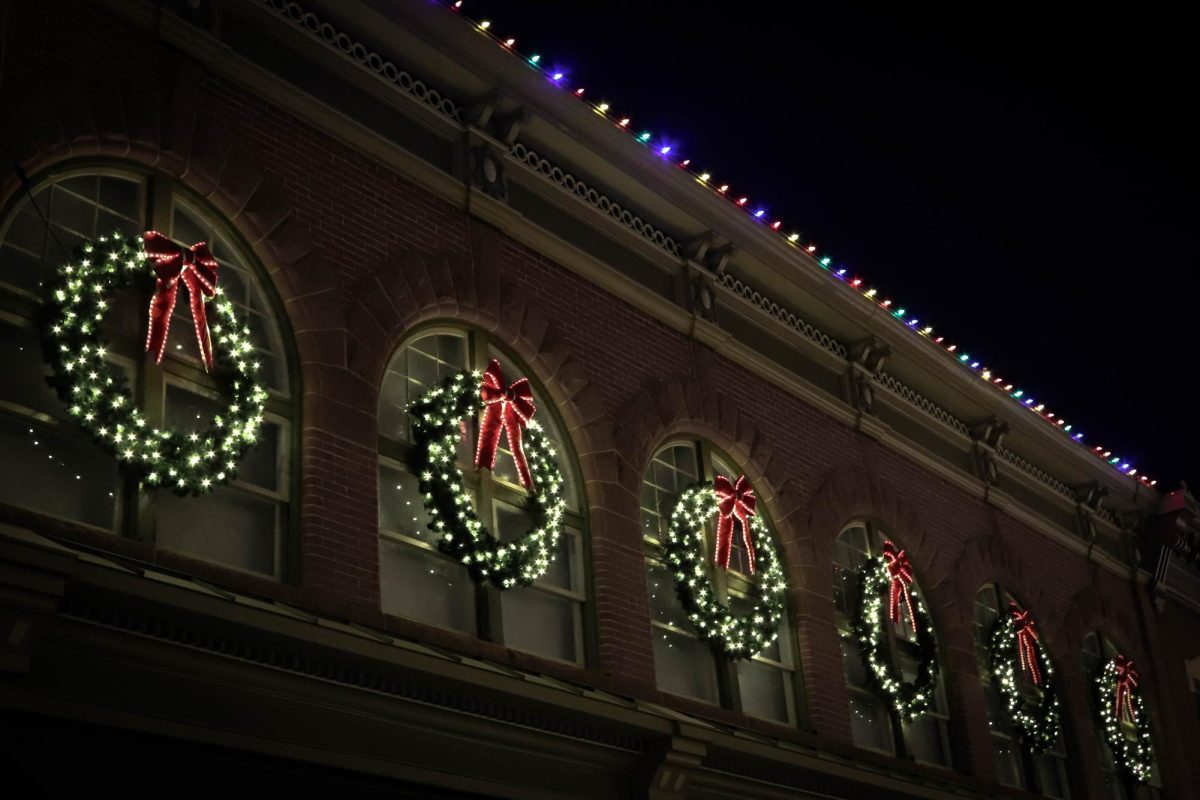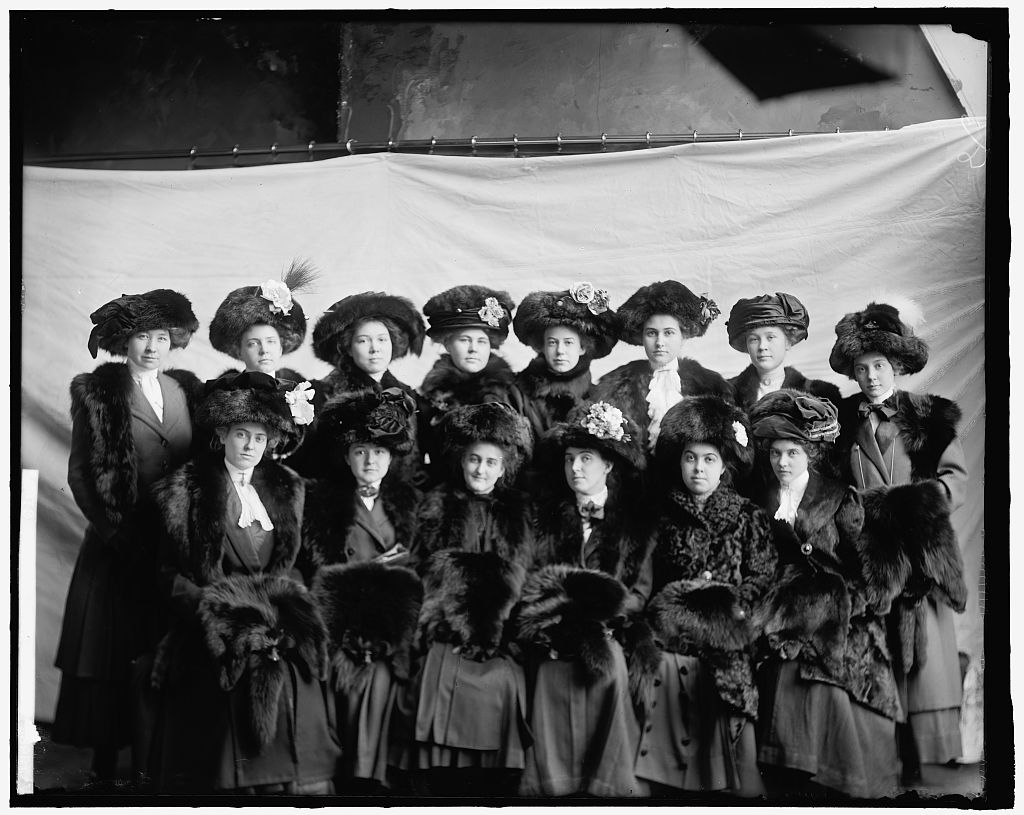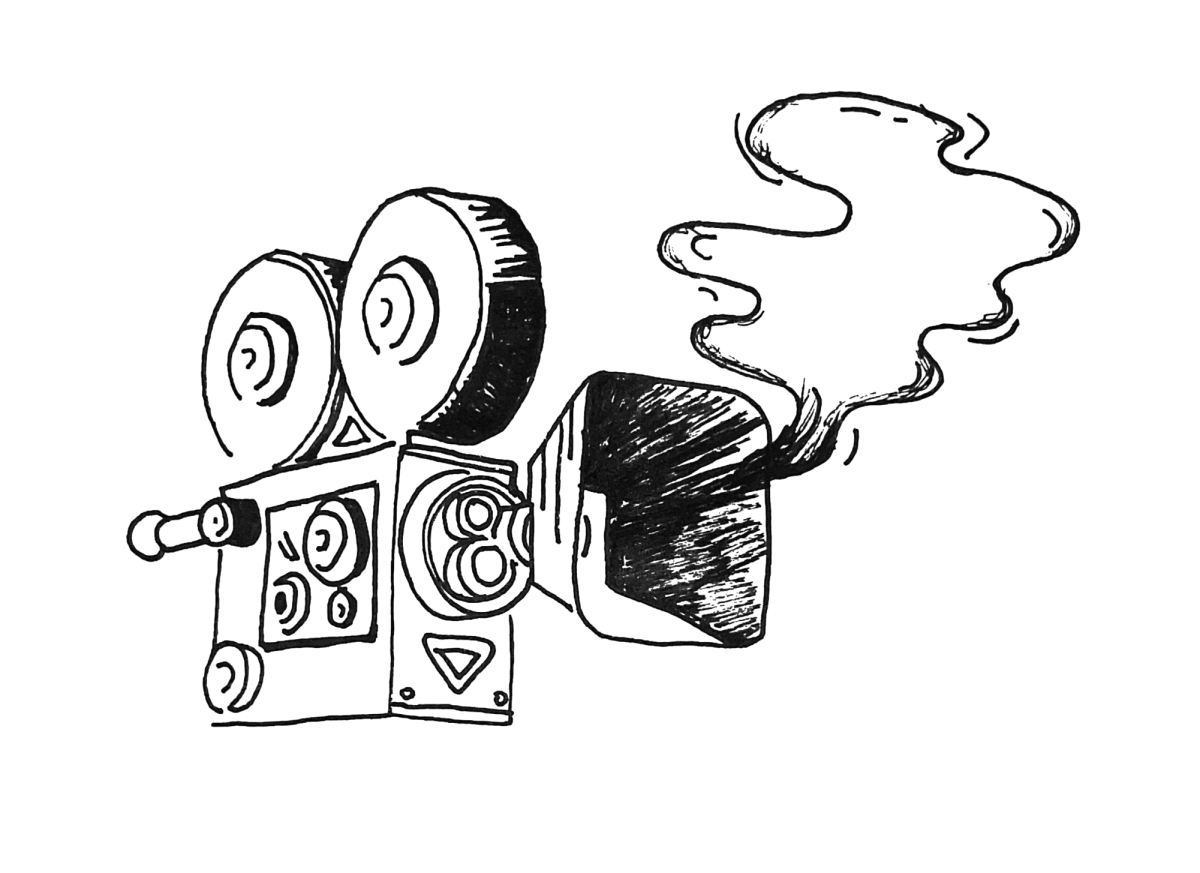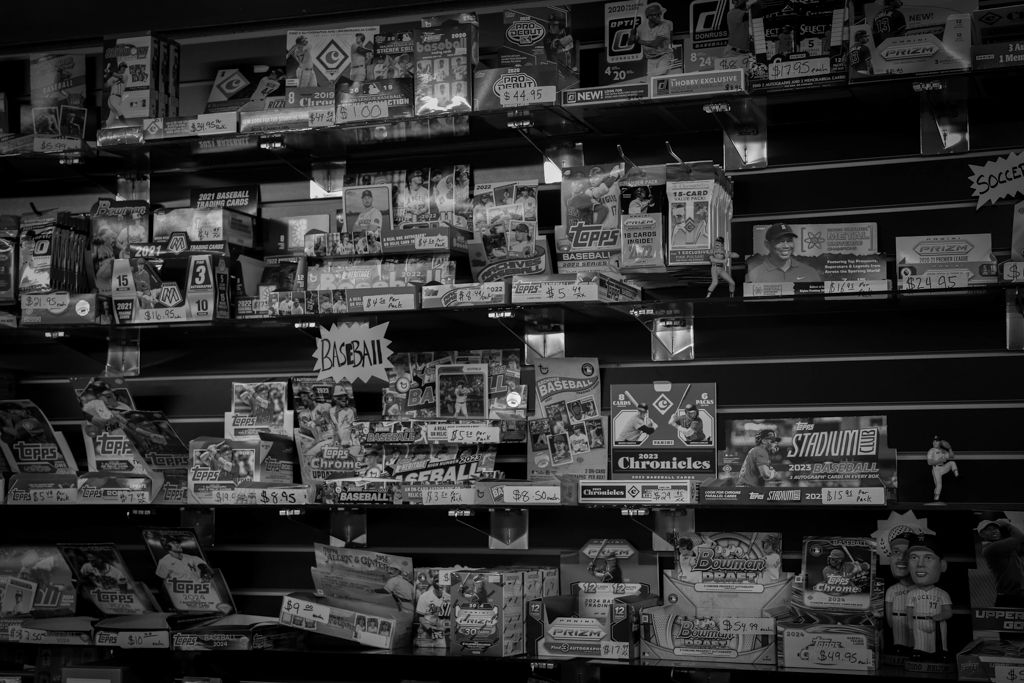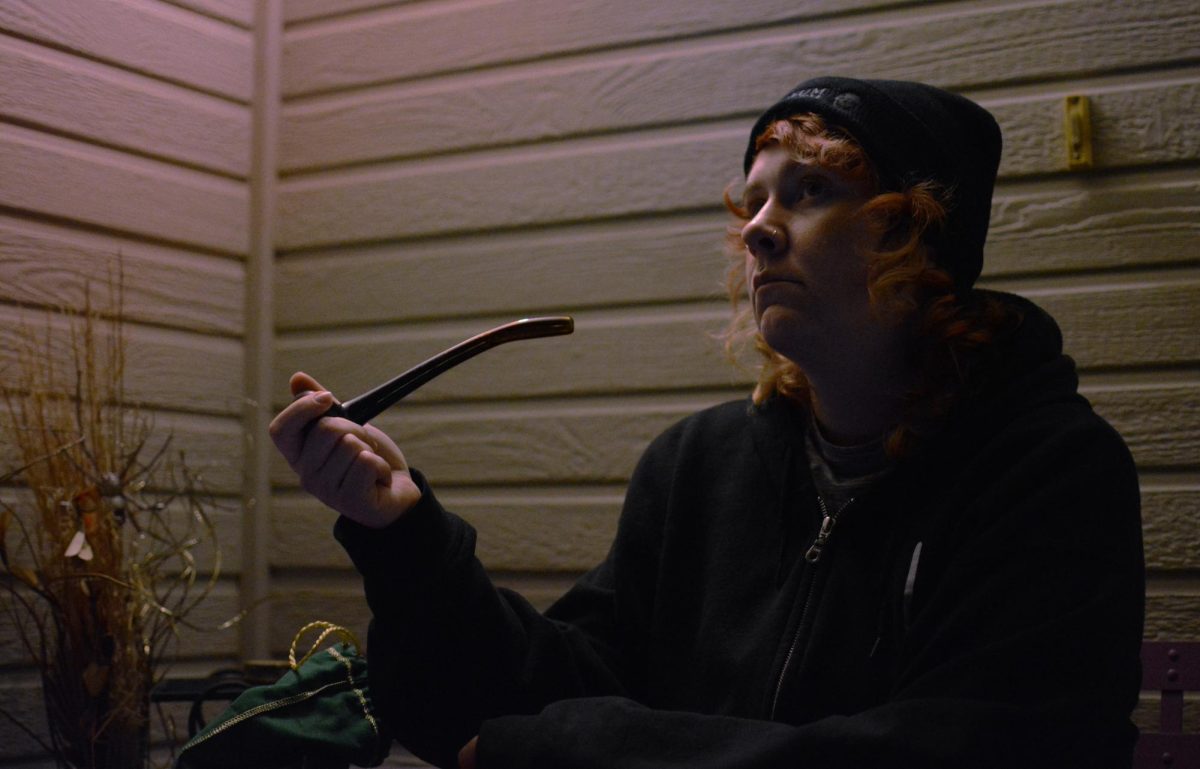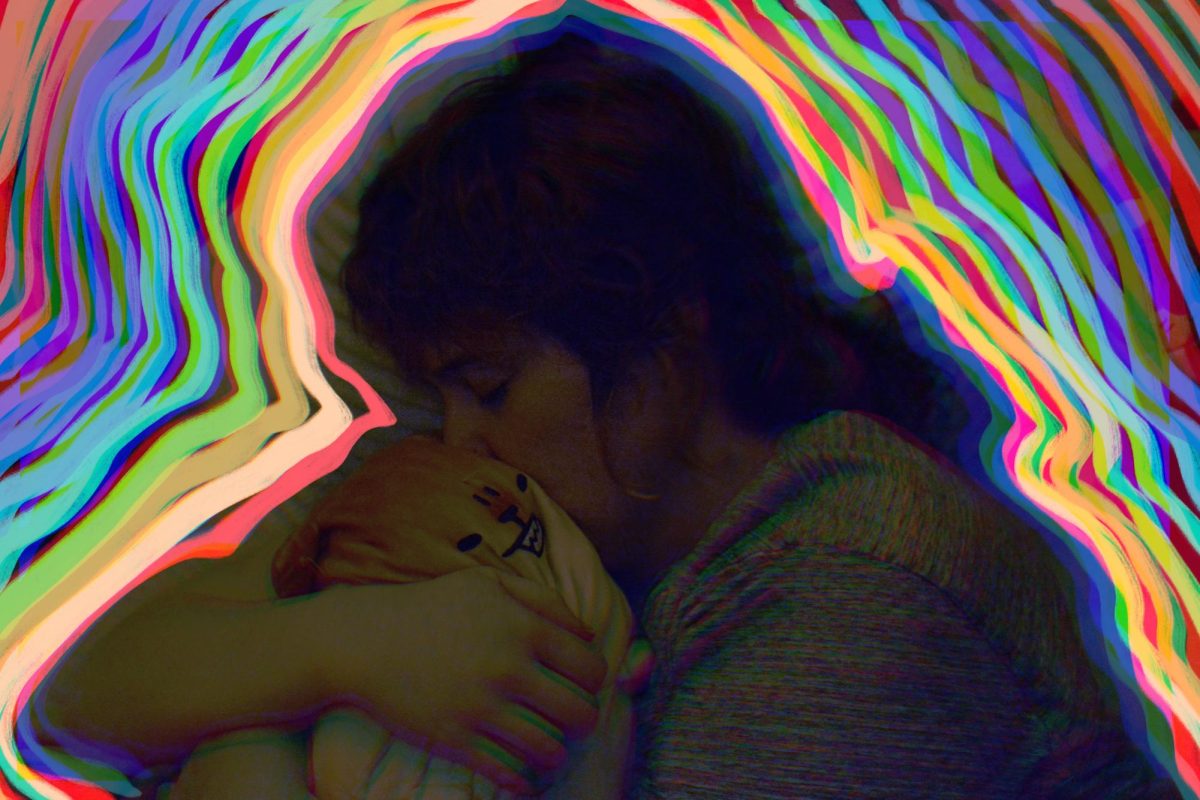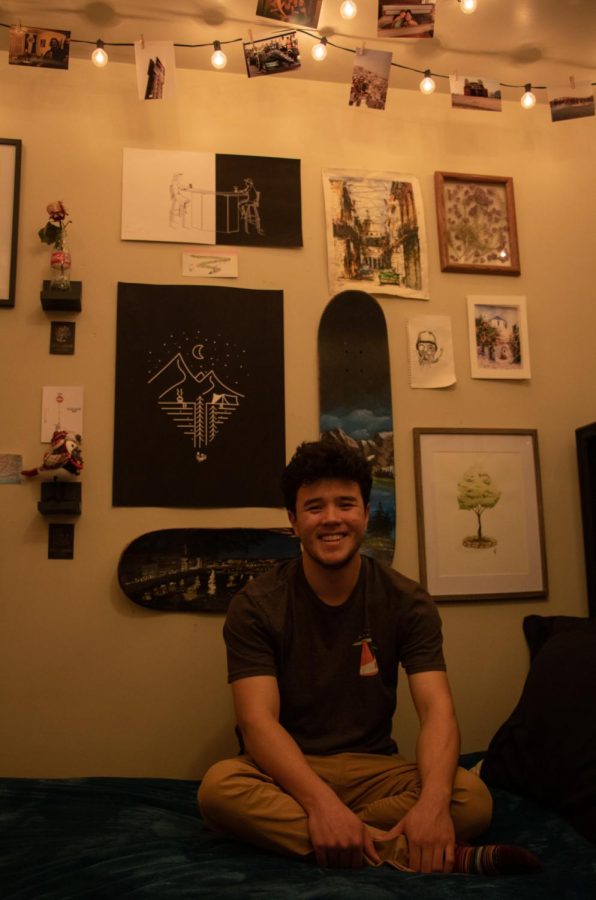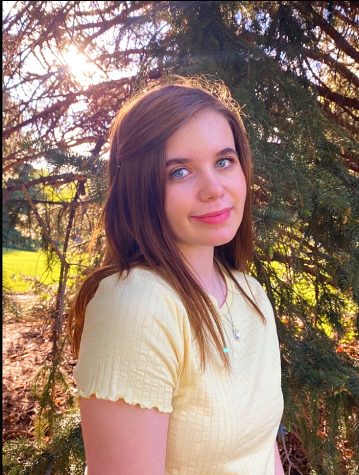Ad
Asian American Art: Visual Stories of a People
Graphic design senior, Micah Hwang, sits in front of his bedroom wall of artwork April 3. “I definitely chose to do graphic design, but it did help that growing up my siblings and I were artistic because of our dad, since he was a painter when he was younger,” said Hwang. (Anna Tomka | College Avenue Magazine)
April 27, 2022
Art surrounds us everywhere we go, in all sorts of dimensions. A high-end outfit, sleek or archaic architecture, hand-crafted jewelry, and intricate sculptures are just a handful of ways self-expression fills our world. The mural that you pass by on your way to work, the eye-catching wall piece at the dentist’s office, or a simple light fixture that hangs beautifully in your home all serve as reminders that art has a place in museums as well as everyday living.
Asian art, in particular, exemplifies culture, tradition, history, and talent in numerous mediums.
In Fort Collins, many different companies and galleries offer an opportunity for Asian artists to showcase their work. At Colorado State University, Asian works are displayed at the Gregory Allicar Museum of Art (GAMA). The numerous pieces in the GAMA reflect the diversity of Asian art and allows audiences to understand how it reflects eclectic Asian cultures and histories.
“The collection is also strong in Japanese ukiyo-e woodblock prints, including works by important artists like Hokusai, Hiroshige Ando, and Utamaro, which are exhibited and used for classes regularly,” Lynn Boland, director and chief curator of the GAMA, says.
Along with Japanese woodblock prints, the museum is known for its permanent collection of Tibetan decorative art, located in the Hartford-Tandstad Galleries. The Altar Table, a work crafted in 1860 during the Qing Dynasty, is one of the galleries’ most well-known pieces.
The Asian art in Fort Collins reflects how the community incorporates different artists’ work and the culture that goes with it. Fort Collins was established in 1883, after some of the first waves of immigration, which included Asian peoples making their way to the western part of the United States in the late 1840s. A significant amount of these people were Chinese, according to the City of Fort Collins.
In Chinese art, representations of class structure are one of the most prominent characteristics. This theme is present throughout thousands of years of Chinese history. The Shang and Zhou periods, which occurred around 2,000 B.C., were some of the most pivotal moments within that development. Civilizations in this era undertook the process of urbanization, shaping China’s Bronze Age, according to “Shang and Zhou Dynasties: The Bronze Age of China.” During this time, the use of bronzed material skyrocketed. Nowadays, bronze material is seen in many forms of Chinese art, such as paintings, architecture, sculptures, carvings, and theater.
At CSU, many Asian-American students also have an opportunity to create and exhibit their art. One participant, Micah Hwang, is a senior in his final semester as a graphic design major who is eager to share his perspective on his culture.
“I like to bring Korean culture into my work with inspiration from letters, characters, ancient Korean art, and old pottery,” Hwang says. “Korean visual arts display the culture because in many ways it is unique in the style, especially back then, as well as its ability to communicate through symbols like animals and nature.”
Today, a variety of Asian artists have the opportunity to be represented in Fort Collins. Through their work, people can see how culture, creativity, and a sense of place are vital to each artist.
One artist, Patrick Nagatani, highlighted Asian culture, traditions, and history in his pieces. Nagatani passed away in 2017, but he specialized in photography and printmaking, both seen at the GAMA. One of his projects captures the American-Japanese concentration camps that occurred in America during and after the second World War. Approximately 120,000 people of Japanese descent were placed in these camps between 1942 and 1945. His work explored the various landscapes where the concentration camps once stood. Here, Nagatani forged a connection between the landscape, memories, and time.
“Landscape retains memory. I felt the individual and collective memories that were inherent to all the camps in one way or another. Every camp is vividly etched in my mind and the images that I have selected to print are in a very small manner a way to share this personal experience,” Nagatani says in a description next to his pieces.
There is always art around Fort Collins for audiences to experience, including Asian art that citizens of Fort Collins may not know about until they are introduced to it.
“Art that is not currently on display is always available for students to interact with by appointment,” Madeleine Boyson, communications coordinator at the Gregory Allicar Museum of Art, says.


